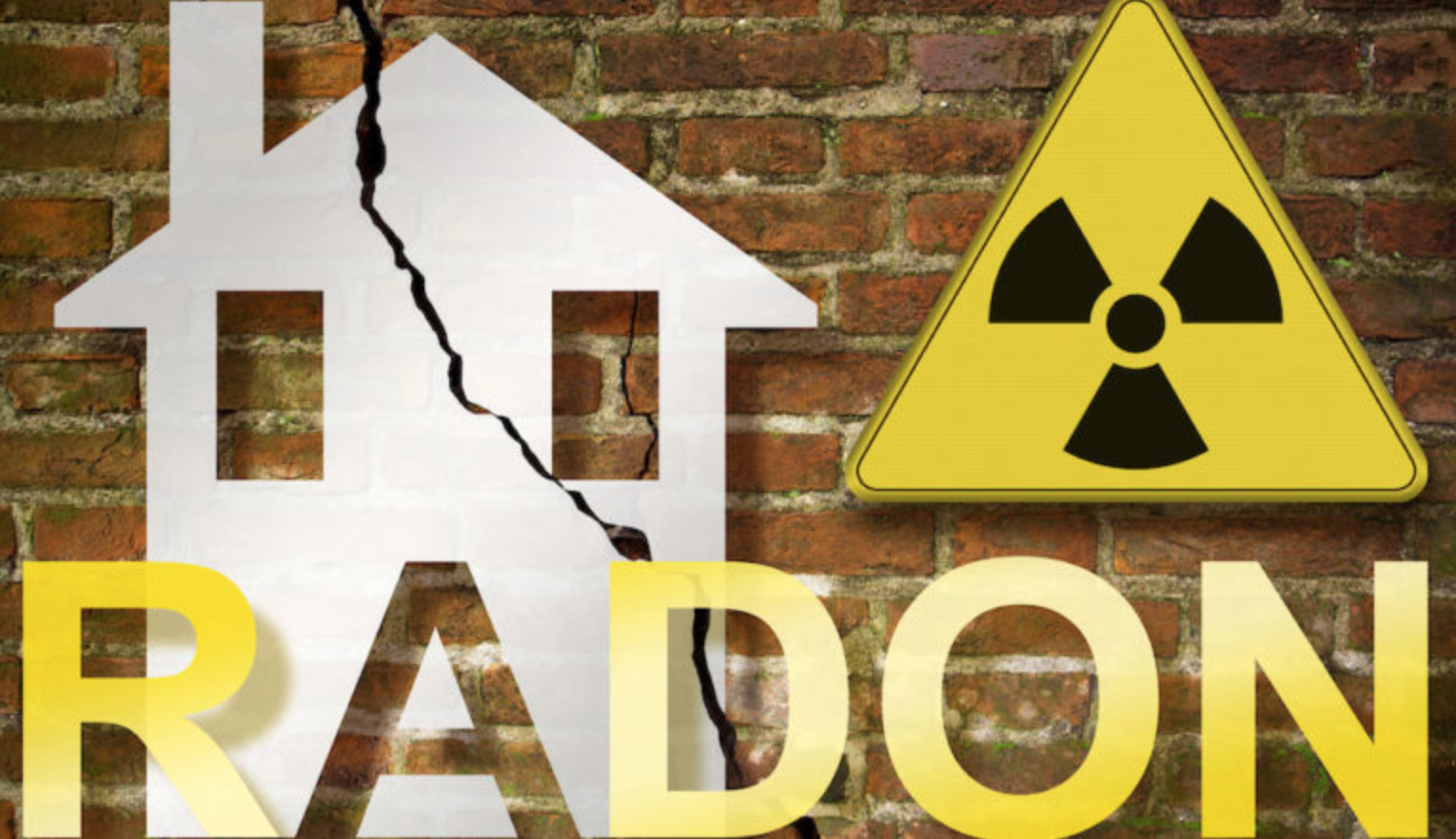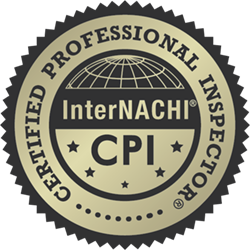According to the Environmental Protection Agency, radon is the leading cause of lung cancer among non-smokers. Sadly, radon is the second leading cause of lung cancer in the U.S., responsible for approximately 21,000 deaths yearly. Further, about 2,900 deaths occurred among people who have never smoked cigarettes or used tobacco products. These statistics are alarming.
Radon is one of those things that you can’t see, smell, or taste, making it extremely dangerous when levels aren’t adequately mitigated. Over 6% of homes in the U.S. have elevated radon levels, defined as 4 pCi/L or higher. When radiation from radon is measured, the amount is expressed in picocuries per liter of air (pCi/L). For those genuinely interested in understanding this measurement, consider that a picocurie is one trillionth of a curie. If the earth were reduced to one trillion of its diameter, the “picoEarth” would be tinier in diameter than a speck of dust. However, those specks of dust can be extremely dangerous when it comes to radon.
Testing your home for radon is the only way to determine if your family is at risk. To that end, testing your home regularly for radon is recommended. And if you are purchasing a new or existing home, you should request a radon test for your home inspection.
Signs of Radon Poisoning
As you breathe in radon gas, the particles can get trapped in your lungs. And your risk of developing lung cancer can increase based on these factors:
- How high are the radon levels are
- The more contact you have
If you are experiencing any of the following signs and symptoms, it could indicate that you’ve experienced excessive radon exposure.
- Hoarseness
- Wheezing
- Persistent cough
- Shortness of breath
- Chest pain
- Coughing up blood
- Lack of appetite
- Fatigue
- Weight loss
- Frequent infections like bronchitis and pneumonia
Radon Levels in New Jersey
Radon is produced naturally from rocks and dirt in the ground. And, while there is always radon in the air around us, the outdoor environment reduces the concentration, limiting the harm it can do. But when radon is inside a building, it has nowhere to escape, and levels can increase to a point where it is dangerous for inhabitants and visitors.
Aiming for the lowest radon level in your home will reduce your risk of harmful health effects, including lung cancer, and as we shared earlier, elevated radon levels are defined as four pCi/L or higher. According to Radon Resources, New Jersey has a user-submitted radon level of 6, well above the safe levels.
Further, New Jersey has 21 counties, and 33 have been assigned Zone 1 counties by the EPA. These counties have the highest potential for homes testing higher than four pCi/L. New Jersey’s state radon zone average is 1.81, the standard of all county zone ratings the EPA has assigned, ranking it 27 among all states. Unfortunately, the radon levels in New Jersey are significantly above average in many areas of the state. As a result, you must seek radon testing regularly.
Testing Your Home for Radon
We recommend that your home be tested for radon once every two years, even if you already have a radon mitigation system. Your home can be tested for radon in one of two ways.
- An active radon test – This test requires power and allows you to continuously measure and record the amount of radon in the air.
- A passive radon test – Homeowners can purchase these tests at their local hardware store or on Radon.com. These tests are hung in a space in your basement or lower level for a specified period. Once the collection period ends, you will send the testing device to a lab for inspection. Results are usually returned to you via email or mail within five to seven days.
Harrison Home Inspection offers radon testing for homeowners and those looking to purchase a home. These inspections are considered active tests. We leverage a short-term active test as part of our home inspection process. This test is a quick way to determine initial radon levels and takes two days for us to get an accurate reading.
Existing homeowners often ask for long-term active tests. Long-term tests take a few months and give us an average reading considering humidity, ventilation, and homeowner behavior patterns.
What To Do if Your Radon Level is High
If your radon levels are higher than four pCi/L, the New Jersey Department of Protection recommends you take steps to reduce those levels. This will markedly decrease the risk of developing lung cancer caused by radon exposure.
The most common approach to radon gas remediation is through sub-slab ventilation. This approach leverages a fan that draws the radon away from the slab or foundation. As a result, radon can’t enter the home. This method of radon mitigation in New Jersey is effective in almost every case, successfully reducing radon gas to levels lower than four pCi/L. This type of mitigation typically spans $1,200 to $2,500.
Contact Harrison Home Inspections for radon testing in New Jersey
It is our goal to be the best home inspector in New Jersey. And one of the ways we do that is by keeping our customers safe, ensuring they live in or purchase a home with safe radon levels. If you plan to buy a home or already live in Union County, Hudson County, Bergen County, or Essex County, contact Harrison Home Inspection for radon testing.
To learn more about radon testing in New Jersey, contact Harrison Home Inspection at (212) 961-7405 or theharrisoninspection@gmail.com. You can also schedule a test via our website by using our easy online form. We look forward to helping you better understand the radon levels in your home so you can rest easier at night.


.png)
